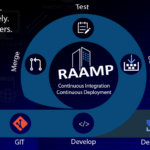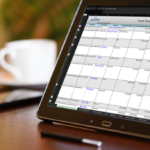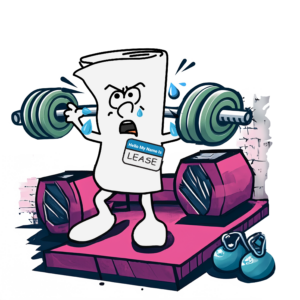In the 2019 Deloitte Commercial Real Estate Outlook, the report had five key takeaways, one of which explored how the rapid evolution of technology and consumer preferences is redesigning commercial real estate (CRE) business models and bringing rapid change to the industry. Concurrently, the Altus CRE Innovation report of January 2019 collected similar findings.
As detailed on the Deloitte blog, there were five key takeaways:
- Takeaway #1: CRE owners/operators should reassess property and tenant mix to attract more capital.
- Takeaway #2: It is an imperative for CRE companies to upgrade their digital strategy and infrastructure.
- Takeaway #3: CRE companies would need to evolve from reactive to proactive risk management.
- Takeaway #4: CRE companies should double-down on their efforts to prepare for a digitized workforce and work environment.
- Takeaway #5: Given the high investor enthusiasm, CRE companies should look at different approaches to engage with proptechs to gain a competitive edge.
Proptech
Proptechs are increasingly popular with investors and are expanding their coverage across the real estate value chain. The Deloitte report found there is merit in CRE companies becoming knowledgeable about proptechs, since these firms are using technology to nurture new, innovative ideas that enhance operational efficiency, tenant experience, and information flow.
While commercial real estate has a reputation for being slow to adapt to changing technology, 2019 is seeing strong gains in the adaptation of technologies to recover missed revenues, gain broad efficiencies, and create seamless integrations between properties and teams. However, while many CRE firms have now invested in integrated CRE software solutions, many are still using spreadsheets for critical CRE functions which is creating more data silos.
According to Forbes and Altus group data, total investment in real estate technology was roughly $33 million in 2010. A total of $9.6 billion was invested into real estate companies in 2018. The 2018 figure was slightly less than in 2017 ($12.6 billion), with a variety of factors cited for the decrease, including a more sophisticated investor community, and the focus of $2 billion alone on WeWork.
In its broadest sense, proptech in commercial real estate is used to reduce or eliminate many of the routine CRE tasks in transactions, valuation, property management and leasing. Investor confidence is bolstered when Commercial Real Estate Property Management firms invest in technologies due to the resulting efficiencies and overall transparency achieved.
Common types of proptech include:
- Property websites that serve as online portals to allow buyers and sellers, brokers and tenants, and property managers to search for market information;
- Virtual tours (VR) software created with interactive 3D imaging allowing more robust online tours of commercial property listings;
- Augmented reality (AR) for use in everything from property staging to facilities troubleshooting;
- Commercial real estate software platforms such as RAAMP providing Accounting and Real Estate Asset management, CRM and notification systems to automate, streamline and improve accuracy of many routine tasks in commercial real estate.
Proptech Adoption
Adoption of proptech can be seen as challenging for some firms however: some organizations may have concerns that migration away from spreadsheets and legacy accounting programs will create disruptions in day-to-day operations.
This is a dangerously false position, and in reality, the opposite is true: inability to adopt new technologies will jeopardize the continuity of firms and companies that do not adapt. This is a business continuity matter. The key is in choosing the right platform: one that is not over-engineered and difficult to implement. We designed RAAMP specifically for these transitioning communities.
The Altus study further cites the distinct advantages operators can expect in both top-line and bottom-line gains by implementing proptech: the use of property technology removes existing information silos and takes the guesswork out of commercial real estate investing and property management.
The Time to Change is Now
A key finding of the Altus report indicated that a large majority of firms have already invested in integrated software solutions for critical CRE functions. However, 60% of executives said their firms are still utilizing spreadsheets as their primary tool for reporting, 51% for valuation and cash flow analysis and 45% for budgeting and forecasting, indicating that despite significant innovation, the industry continues to lag in certain areas.
By improving the experience of users of commercial space and accelerating the use of shared, innovative property technologies, commercial real estate firms and investors will become more profitable and provide a competitive edge against those that refuse to adapt to the changing marketplace.
Please contact us to learn more about how RAAMP’s proptech approach can seamlessly become a part of your firm’s accelerated growth.








